-
 © Luc Lacey/Classic & Sports Car
© Luc Lacey/Classic & Sports Car -
 © BMIHT
© BMIHT -
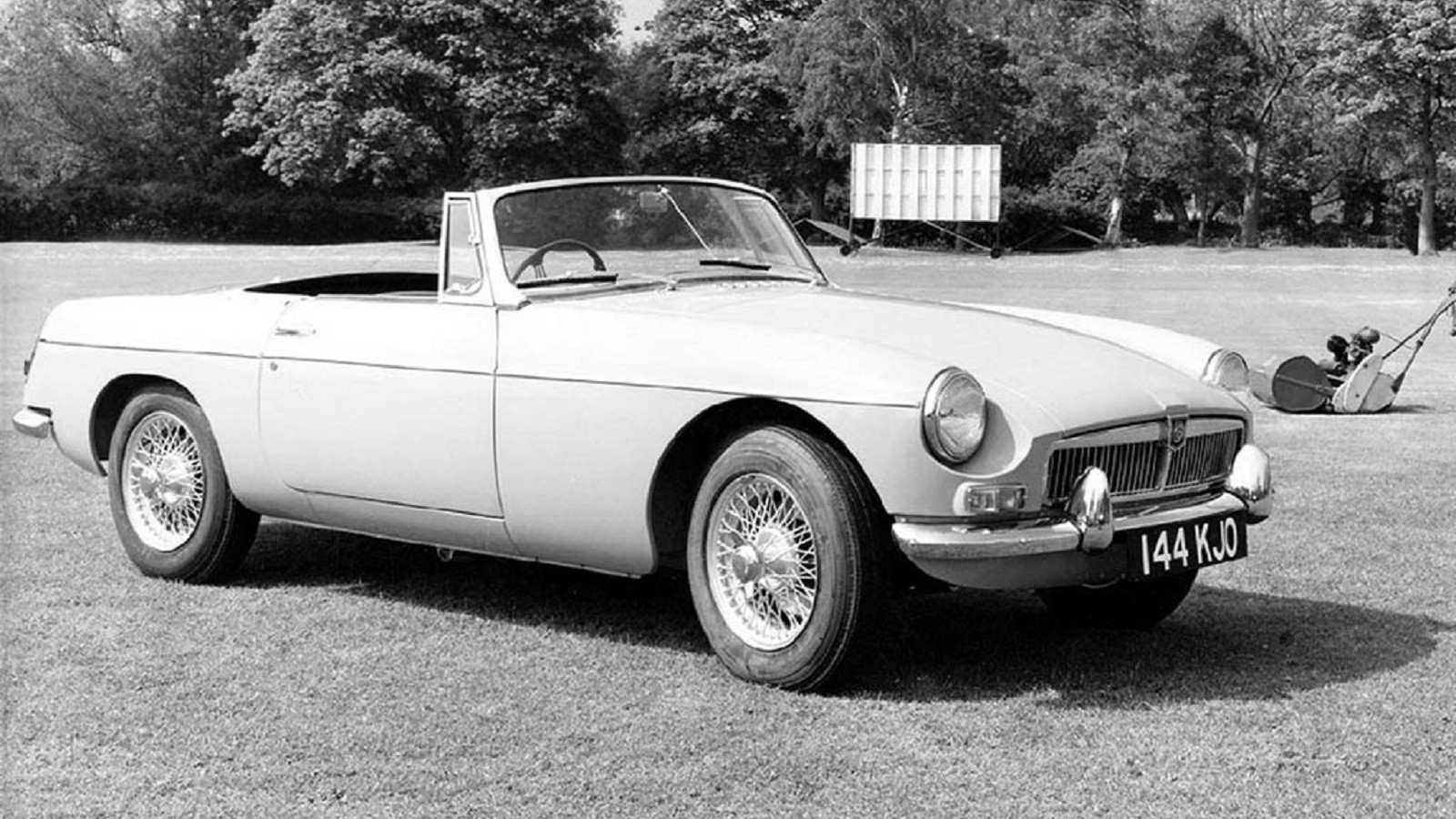 © BMC
© BMC -
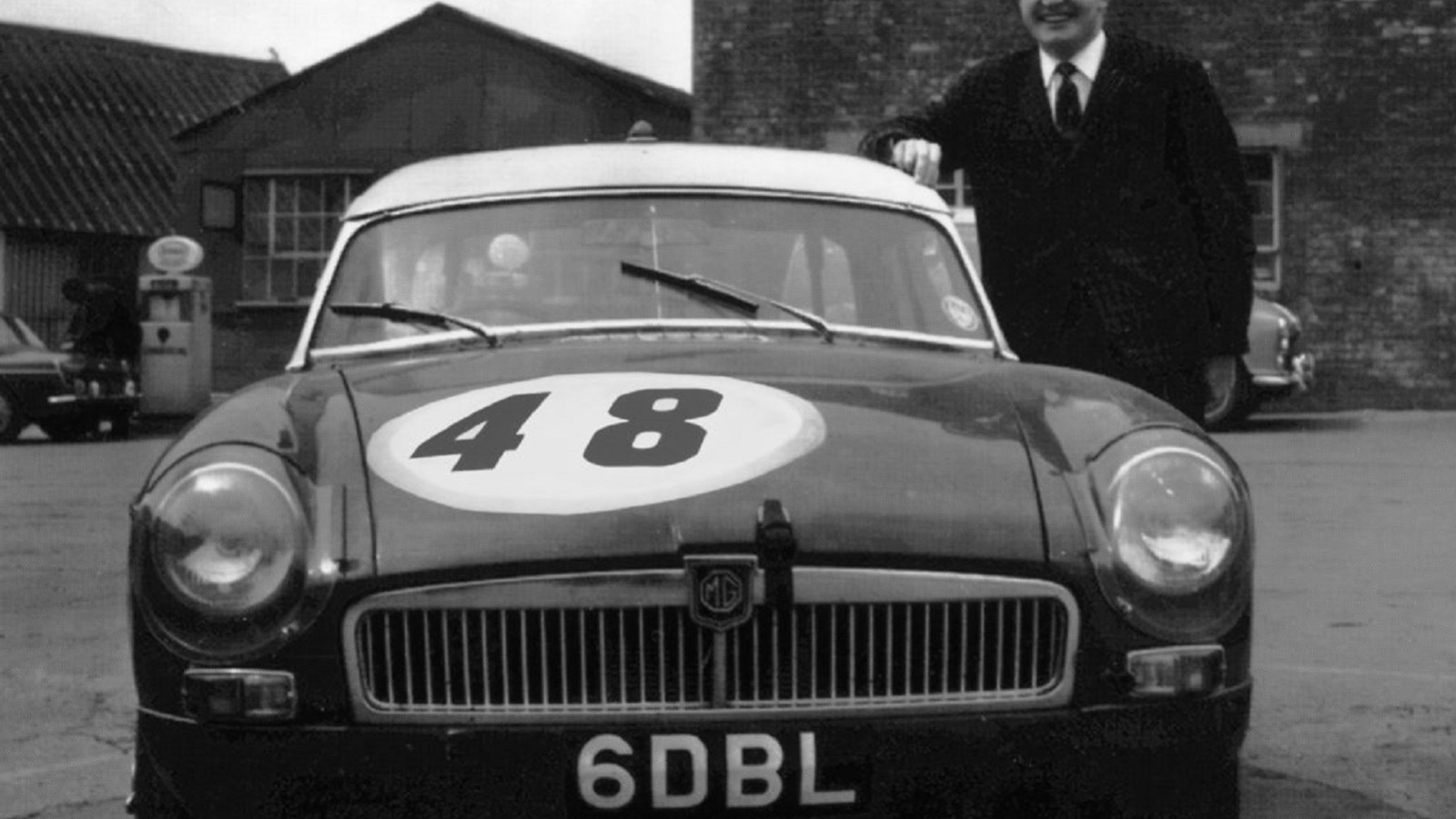 © BMC
© BMC -
 © Jacques Coune
© Jacques Coune -
 © Bonhams
© Bonhams -
 © BMC
© BMC -
 © BMC
© BMC -
 © Jacques Coune
© Jacques Coune -
 © BMC
© BMC -
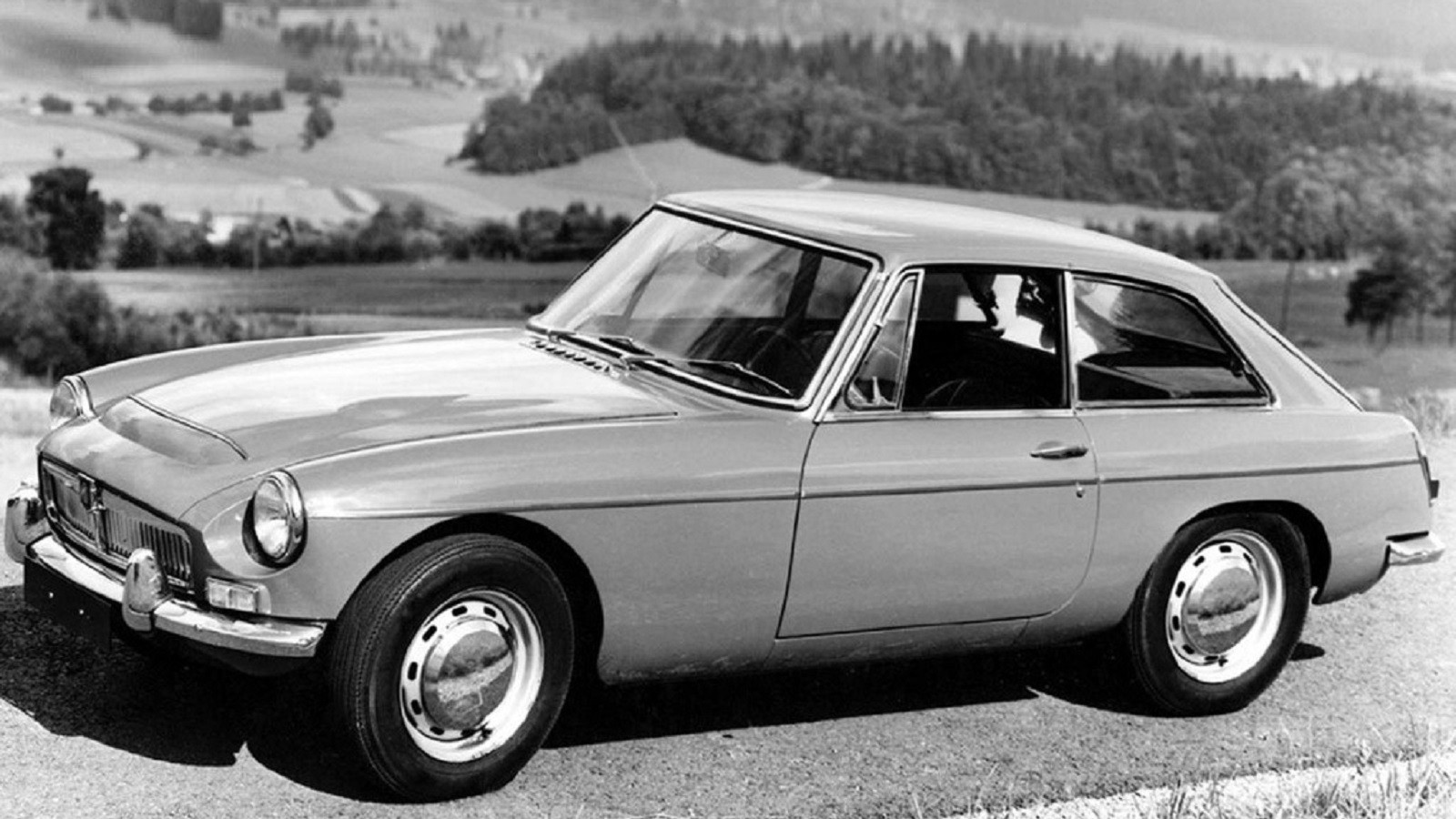 © BMC
© BMC -
 © Garage24
© Garage24 -
 © BMC
© BMC -
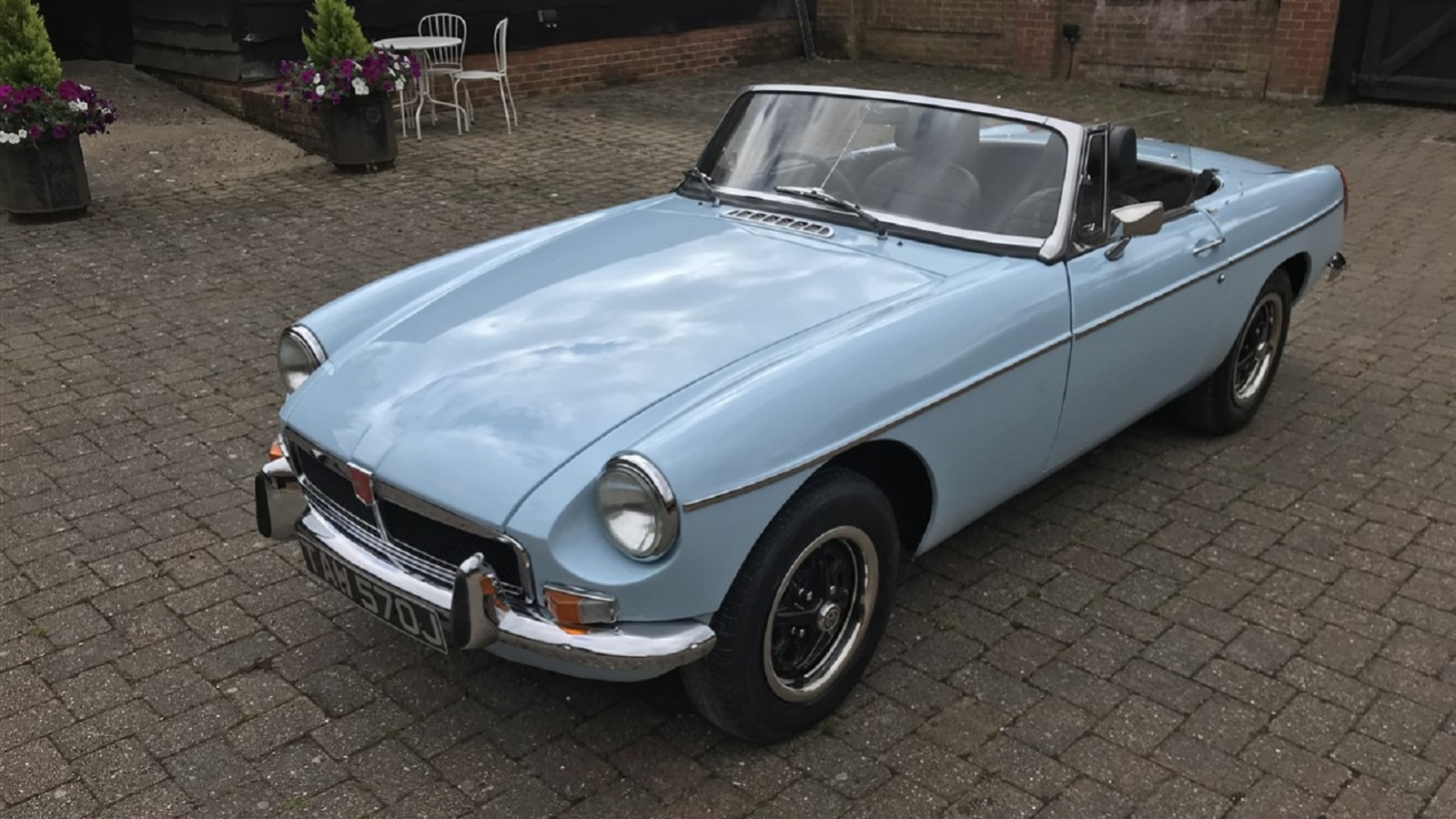 © Barons
© Barons -
 © Historics Auctioneers
© Historics Auctioneers -
 © Lawrence Wood
© Lawrence Wood -
 © BL
© BL -
 © Historics Auctioneers
© Historics Auctioneers -
 © BL
© BL -
 © Haymarket Automotive
© Haymarket Automotive -
 © British Leyland
© British Leyland -
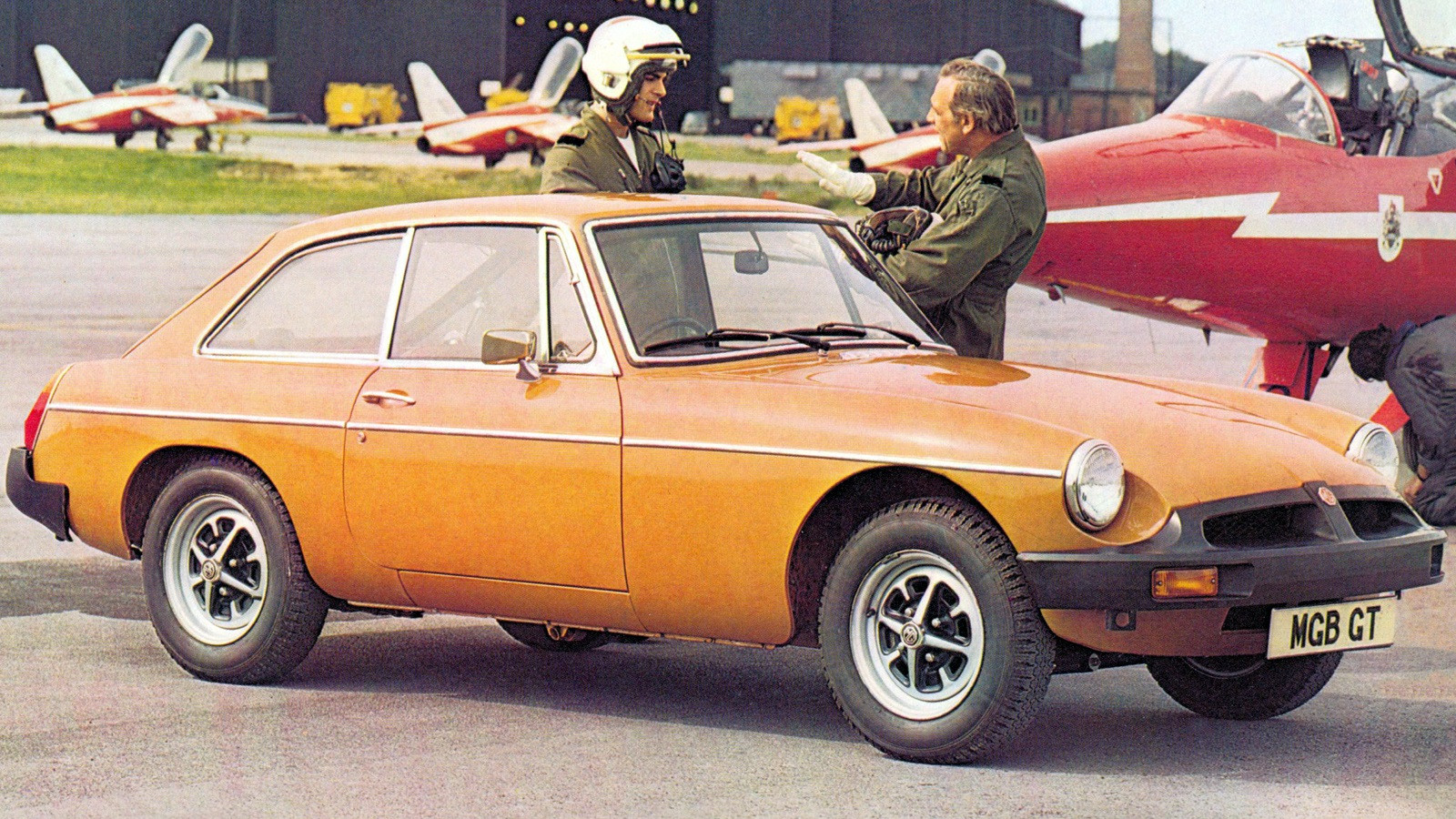 © BL
© BL -
 © Barons
© Barons -
 © H&H Auctions
© H&H Auctions -
 © MGCC
© MGCC -
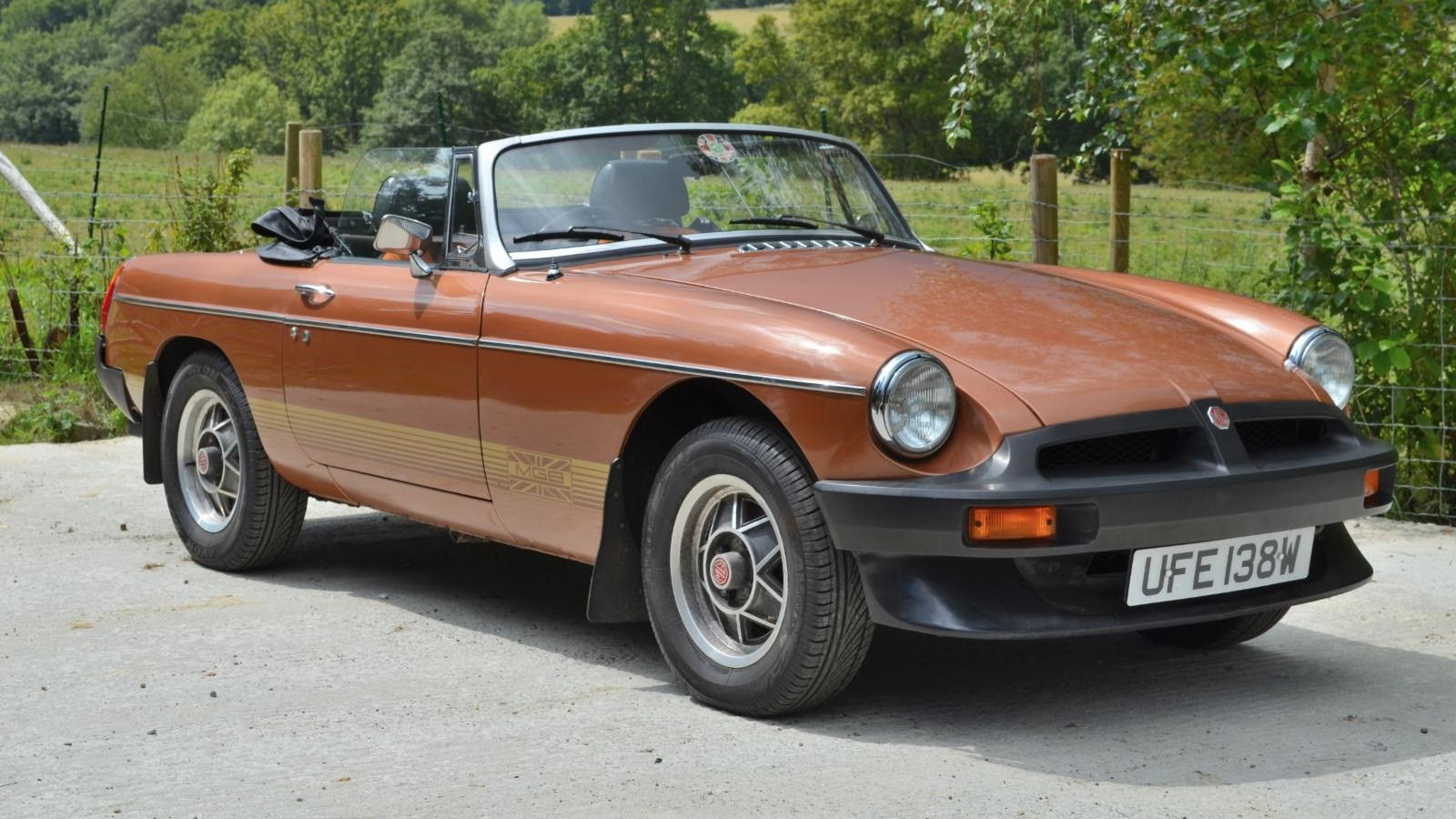 © Castle Classic Cars
© Castle Classic Cars -
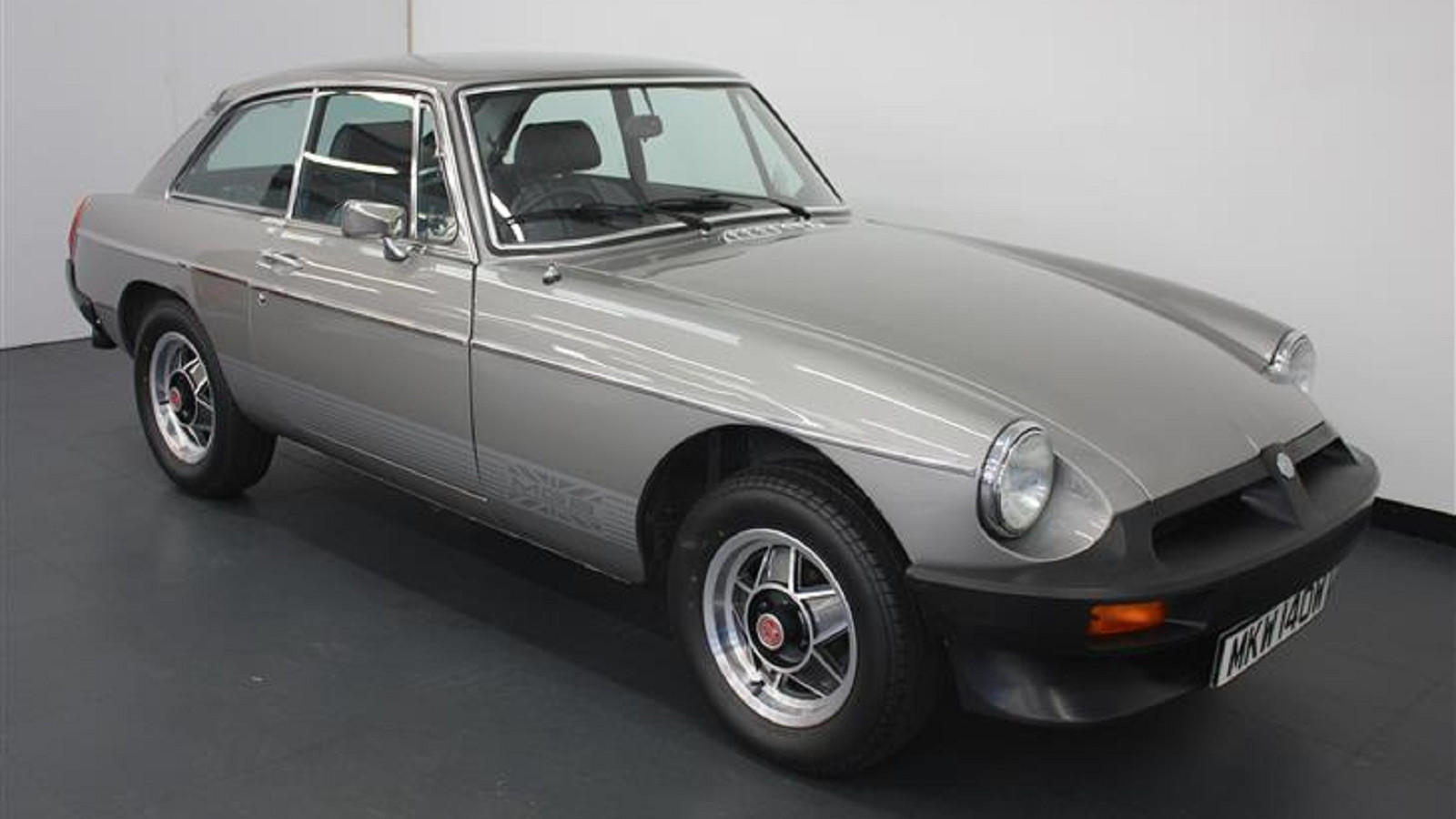 © Classic & Sports Car
© Classic & Sports Car -
 © Aston Martin
© Aston Martin -
 © Label Collection
© Label Collection -
 © Rover Group
© Rover Group -
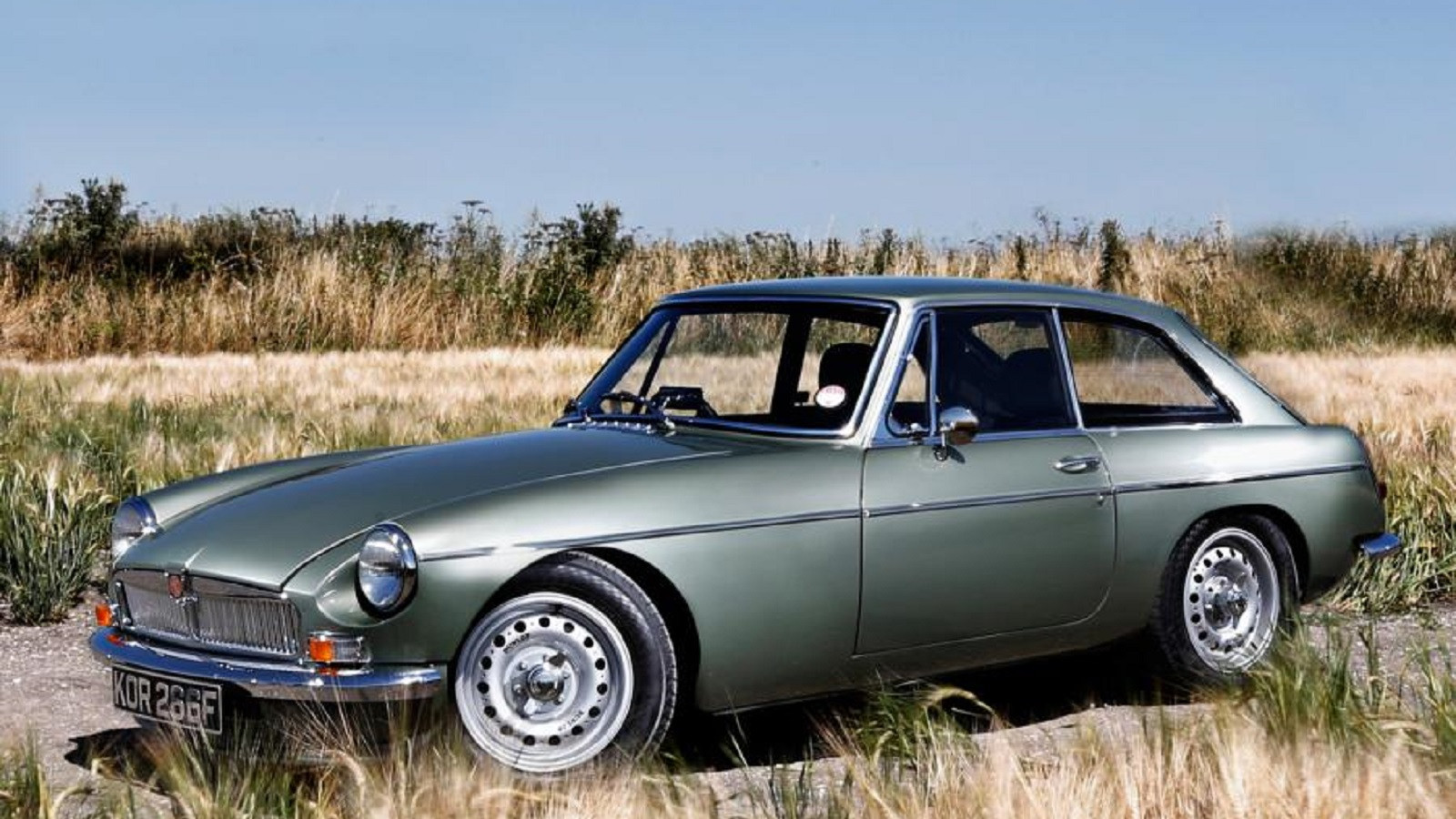 © Haymarket Automotive
© Haymarket Automotive
-
The 60th anniversary of the do-it-all sports car
More than half a million MGBs were sold during its 18-year life, making it one of the most popular and accessible sports cars ever.
It was launched in the heyday of British roadsters and contended with rapidly changing rules and social demands.
Now MGBs are mainstays of the classic car world, so here’s our salute to this great British sports car as it marks its 60th anniversary in 2022.
-
1. Frua concept (1957)
Life was breathed into the MGB project by Jim O’Neill’s coupé that was styled in the mould of the EX181 record-breaking car.
But for a convertible replacement for the MGA, the company turned to Italian firm Frua, which came up with a handsome roadster.
However, its separate chassis from the MGA was deemed too weighty and the only prototype was cut up to avoid paying any import duties when it came to the UK.
The issue of weight pushed MG into building the MGB with a monocoque body, which would also save assembly time on the production line.
-
2. MGB (1962)
The first MGB rolled down the production line in May 1962. It was a left-hand-drive car, which was fitting because the new model was aimed squarely at the large US market, where MG needed to make the bulk of its sales for its new car to be successful.
The official unveiling of the MGB took place at the British Motor Show at Earls Court in September, where it had a starting price of £949, including purchase tax.
It had a top speed of 103mph, making it faster, as well as cheaper and more economical, than the Sunbeam Alpine. However, the Triumph TR4 still had the edge in terms of acceleration.
-
3. MGB Sebring race car (1963)
Only six months on from the MGB’s official launch, the company had three cars prepared and ready for the 1963 12-hour race at Sebring in the US.
Registered sequentially 6 DBL, 7 DBL and 8 DBL, the plan was to promote MG’s new sports car to the American public. However, it was not the dream debut on track that MG hoped for – all three cars retired when they ran their big-end bearings.
Each of these cars had aluminium front wings, doors and boots, as well as cowled headlights and a white-painted hardtop roof.
7 DBL fared much better at the 1963 Le Mans 24-hour race, driven by a certain Mr P Hopkirk and Alan Hutcheson. A unique nose was claimed to add 6mph to the top speed down the Mulsanne Straight and, despite time lost when digging the car out of a sand bank, the team finished a very creditable 12th overall.
-
4. Coune Berlinette (1964)
Belgian coachbuilder Jacques Coune spotted the demand for a closed MGB and launched his Berlinette at the beginning of 1964.
It used glassfibre for the roof and sweeping boot, while an Abarth exhaust pepped up performance of the otherwise standard MGB engine.
A retrimmed interior made the Berlinette appealing. However, the arrival of the MGB GT put an end to Coune’s endeavours and only 58 of his cars were sold.
-
5. EX234 concept (1964)
Almost as soon as the MGB was in showrooms, MG was looking at its replacement and EX234, by Roy Brocklehurst, was put forward.
It soon became a possible replacement for both the MGB and Midget, which would save the cost of two sets of body stamps.
Hydrolastic suspension was a feature of EX234, along with styling by Pininfarina, and it was well thought of by those who drove it.
However, the conservative BMC management decided the Midget and MGB were selling too strongly to spend money on a new car and the project was shelved, with EX234 eventually going into private hands.
-
6. MGB police spec (1964)
MG had a long association with supplying cars for police work and the MGB was no different. The Roadster found its way on to several forces’ fleets, usually with extra spotlights and sirens, plus a radio.
This required a switch to an alternator to cope with the added electrics, and the MGB range gained this as standard in 1967.
The MGB GT V8 made a formidable marked and unmarked high-speed patrol car. Its hatch and larger boot allowed the V8 to carry cones, safety signs, fire extinguishers and warning lights for use at crash scenes.
-
7. MGB GT (1965)
Aware of the demand for a closed version of the MGB, the company released the GT coupé in October 1965.
It was a neat reworking of the Roadster by Italian company Pininfarina that used much of the open car’s bodywork. New for the GT were a larger windscreen, roof and tailgate hatch.
Pininfarina was an early adopter of computers in car design, which allowed for rapid development of the GT body.
In turn, this allowed Pressed Steel to manufacture the GT’s panels quickly, so the car was on sale as soon as possible. It weighed more than the Roadster but shared the same top speed thanks to its improved aerodynamics.
-
8. Coune Gemini (1966)
For anyone who felt the MGB was not exotic enough, Belgian coachbuilder Jacques Coune came up with his Gemini spider model.
It was based on his own Berlinette version of the MGB, but featured a removable roof panel to offer the best of both open and closed models.
The car was shown at the 1966 Brussels motor show and used on the road until its third owner destroyed it in a collision. It was not rebuilt.
-
9. MGC GTS (1967)
While the MGC is most notable for its six-cylinder engine, the very first GTS racing versions used the B’s four-cylinder engine, because the C had not been launched at that point in 1967.
The engine was a 2004cc motor with 150bhp, and the car finished third in the Group 6 class and ninth overall in the Targa Florio that year.
When the MGC GTS gained its proper six-cylinder engine, it had an aluminium block rather than the road car’s iron block.
Power was up to 221bhp and the GTS was lightened with aluminium body panels, while flared wheelarches allowed for wider tyres. Austin-Healey specialist John Chatham bought four GTS bodyshells from the factory and also built himself a GTS-spec Roadster called Red Rooster.
-
10. MGC (1967)
The MGC was introduced as both roadster and coupé in 1967 to offer buyers something with more power and performance than the B.
It was also intended to fill the gap left by the Austin-Healey 3000 going out of production, but the C soon gained a reputation as a mediocre-handling car due to the weight of its 2.9-litre six-cylinder engine.
Viewed as more of a laid-back grand tourer, the MGC makes sense, but the damage was done to its image and the car went out of production in 1969, after only 9009 of both types had been made.
-
11. MGB GT Sebring (1967)
BMC’s Competitions department race-prepared an MGB GT, registered LBL 591E.
This red car was sent to the US to compete at Sebring in 1967, complete with rollbar and larger fuel tank, and a 2004cc engine that meant it ran in the prototype class. It was driven by Peter Hedges and that same Mr Hopkirk, and it finished 11th overall.
The same registration was then used for a green MGB GT that was campaigned again in the 1968 Sebring 12 Hours and the Targa Florio, where it came home a very creditable second in class for GT cars.
-
12. MGB GT US-spec (1968)
New safety and emissions regulations in the US threatened sales in the MGB’s most important market.
This necessitated many changes to keep the cars compliant with US laws from the beginning of 1968. As a result, US-bound MGBs had three windscreen wipers, while under the bonnet an air injection pump helped combust any unburnt gases to improve emissions.
Another unusual feature of the US cars was a remodelled dash with recessed instruments and a padded section where the glovebox had previously been. This padding was known as the ‘Abingdon pillow’ and it was eventually removed and replaced by a glovebox once again.
-
13. B Roadster Mk2 (1970)
1967 saw MG improve the B’s engine with a five-bearing crank, while the four-speed manual gearbox finally received synchromesh on all ratios. At the rear, a new Salisbury differential was added and there was the option of an automatic gearbox.
However, it was 1970 that brought in the Mk2, featuring a BL-style front grille with recessed badge, but still the raised section of bonnet where the older car’s badge met sheet metalwork.
The Mk2s also had BL badges on the front wings and were offered in a range of bold new colours. Inside, the seats were now trimmed in perforated Ambla material.
-
14. MGB GT Mk2 (1970)
The BGT gained all of the changes of its Roadster sister model in 1970, but it also had a new badge on its rear flank.
This was a very contemporary squared-off front that lasted only until 1972 when the whole MGB range was updated once again.
Another addition for this Mk2 line-up were rubber inserts in the bumper overriders, which were standard from 1970 for US cars and from 1971 on UK MGBs.
-
15. Costello MGB V8 (1971)
Before MG added its own V8 model to the B range, Ken Costello proved it could be done with his conversions that started in 1971, some two years before the factory car.
The Costello cars were recognisable by the large bonnet bulge needed to clear the Rover V8’s twin SU carburettors.
When MG launched the GT V8, it was cheaper than Costello’s car. That, along with the 1973 fuel crisis, signalled the end of the independent company’s car, though Costello still offered a V8 Roadster where MG never did.
-
16. SSV-1 (1972)
MG created a unique concept called SSV-1 for the 1972 Washington Transpo conference on road and vehicle safety.
Based on a GT, it featured an array of technology that included twin front airbags, a thickly padded dashboard, and the British Leyland Alcohol Screening Tester that only allowed the car to be started if the driver blew a negative result.
Other features for the SSV-1 were anti-lock brakes supplied by Lockheed, self-levelling suspension, and body cavities filled with impact-absorbing foam to cushion occupants in the event of a collision.
Strangest of all the SSV-1’s equipment was a roof-mounted periscope to give the driver a better view of what was behind the car.
-
17. MGB Roadster Mk3 (1973)
Aware of customer disquiet about the facelift of the MGB in 1970, British Leyland capitulated and reinstated a more traditional chrome grille for 1973.
This also had the welcome effect of matching the front MG emblem with the pressing in the leading edge of the bonnet.
For the Roadster, MG now supplied a tonneau cover as standard to go over the space where the hood stowed away.
-
18. MGB GT Mk3 (1973)
Only three years after the GT coupé had been given a fashionably bold new script on its tailgate, another new badge was introduced for this update. This ‘B GT’ now had a space between the first and second letters and it was placed to the bottom-right-hand corner.
Along with the Roadster, the GT was fitted with matt black windscreen wiper arms, while the coupé also gained the practical touch of a heated rear ’screen as standard.
The GT also got new cloth upholstery with a corded appearance, while the Roadster came with a basket-weave fabric.
-
19. MGB GT V8 (1973)
After the disappointment of the MGC, the BGT V8 finally gave the MG coupé the firepower its looks deserved.
No open-top models were offered, but the coupé appealed for its brawny 3.5-litre V8 motor with 137bhp that delivered 123mph and 0-60mph in 8.6 secs.
The hurdle the V8 faced was not to do with its engineering or driving manner, but timing meant it arrived in 1973 and into the storm of a fuel crisis. As a consequence, sales were sluggish and only 2591 V8s left the factory.
-
20. MGB Group 44 (1973)
Factory-backed motor racing may have ended for the MGB in the UK and Europe, but that didn’t apply in the US.
Racing driver and Group 44 founder Brian Fuerstenau drove his car to victory in the Class E Production national championships in the Sports Car Club of America’s run-offs.
Run by British Leyland and Quaker State, the MGB and Fuerstenau won the overall 1973 title. It was also the third year in a row that an MGB had lifted the Class E crown.
-
21. MGB rubber bumper (1974)
The MGB had enjoyed 12 years of relatively gentle updates, but 1974 witnessed the change to rubber bumpers to make sure the car complied with US crash-test regulations. These mouldings added considerably to the car’s weight, which blunted performance and handling.
To add further insult to a sports car, the MGB’s ride height was raised by 1.5 inches so the bumpers were at the legally correct height.
This was achieved by packing the front suspension and increasing the rear’s camber, which further undermined the car’s handling.
-
22. MGB GT Jubilee (1975)
The MGB GT Jubilee arrived in 1975 to mark 50 years of the company – although the firm was founded in 1924, British Leyland claimed the car celebrated ‘Old Number One’ winning the 1925 Lands End Trial.
Despite massaging the dates, the Jubilee was really just a fully equipped GT finished in standard green with gold decals down the side. To mark the car out further, MG fitted the Dunlop alloy wheels from the V8 and the door mirrors were replaced with black items, though the car pictured now sports chrome ones.
Inside each of the 751 Jubilee cars produced only for the UK was a commemorative plaque. A single V8-powered Jubilee was built for the British School of Motoring, while one Roadster was made for the US where it was raffled off, because it was also the one millionth MG produced at Abingdon.
-
23. MGB dash update (1977)
1977 saw the last important update for the MGB range with the introduction of a new dashboard.
Out went the classic look that had been there since 1962 and in came a modernised plastic arrangement. The speedo and rev counter were now recessed into the dash, while a four-spoke steering wheel became standard.
MG also took the opportunity to finally move the pedal positions to make heel-and-toe changes easier, and the Roadster gained inertia-reel seatbelts at long last.
Another identifying mark for this update was the introduction of the striped seat fabric.
-
24. MGB Silver Jubilee GT (1977)
To celebrate Queen Elizabeth II’s Silver Jubilee in 1977, British Leyland came up with the one-off MGB GT with the imaginative name of Silver Jubilee GT.
The Tahiti Blue coupé came with silver decals down each side and a commemorative badge on both front wings.
The car was not offered for sale, but instead it was raffled off by the Vale of White Horse District Council to raise money for the Prince Charles Jubilee Appeal.
It was won by a woman who kept the car for a year and then sold it on.
-
25. MGB LE Roadster (1980)
MG offered a Limited Edition model in the US and Canada finished in black with silver stripes, a luggage rack, coco mats and a dash plaque.
For the UK, the last hurrah was the LE limited edition, with the Roadster finished in metallic bronze paint with a choice of wire or alloy wheels.
There were LE stripes on the sides of the body, while the interior had bright orange and brown striped seat upholstery.
A total of 1000 LE models in both Roadster and GT coupé body shapes were built.
-
26. MGB GT LE (1980)
For the GT version of the LE, MG decided on a more subdued Pewter Silver colour rather than the Roadster’s metallic bronze.
The coupé had the same side stripes, but was only offered with the five-spoke alloy wheels that were an optional extra on the open-top car.
Inside, the GT was also easier on the senses than its convertible sibling thanks to silver and grey upholstery.
When the final two LE models came off the line, British Leyland kept the Roadster and GT cars for its heritage collection.
-
27. Aston Martin MGB (1980)
When British Leyland announced the end of MGB production, it meant the end of the marque at that time.
In a bid to keep the company name alive, Aston Martin’s Alan Curtis put together a £30 million bid to save MG, which was ultimately fruitless.
As part of this effort, Aston Martin produced a concept of how it thought the MGB could be developed.
The concept used the GT’s windscreen on the Roadster body with revised front-end styling that stuck with the rubber bumpers but reinstated a small chrome grille.
-
28. BeFour MGB Roadster (1982)
The idea of marrying the open body of the MGB Roadster with the four-seat practicality of the GT was realised by Bob Webb and his BeFour Conversions company.
The work lengthened the open-top car by 11 inches (279mm), including 6 inches (152mm) in the doors to make it easier to access the rear. Other work involved to make space in the back included swapping to a single battery repositioned in the engine bay.
BeFour converted 18 cars in total, complete with new hoods and reworked suspension to cope with the added length and weight. It’s thought 11 of these converted cars still exist.
-
29. MG RV8 (1993)
Almost 13 years after the final MGB came off the line at Abingdon, the car had one more chapter in its story to tell with the launch of the RV8.
Rover Group wanted to revive the MG name, but needed a cost-effective way to manage this. Using bodyshells made by British Motor Heritage originally intended to help people restore MGBs, Rover worked with BMH to install a 190bhp 3.9-litre engine and finally create a V8-powered factory roadster.
The 1993 RV8 could touch 135mph and covered 0-60mph in 5.9 secs, though the ride and handling were still rooted in the 1960s original. However, the RV8 served its purpose and put MG back on the map to pave the way for the MGF in 1995.
-
30. Frontline Developments (present day)
British firm Frontline Developments has carved out its niche in not just upgrading MGBs but completely re-engineering them.
Using four-cylinder Mazda engines, turbocharging or a V8, the cars deliver performance on a par with any modern equivalent.
As well as the company’s limited runs of models, it has a bespoke option where you can draw up your ideal MGB from the wheels and engine to the cabin and paint scheme.
The prices reflect the amount of work that goes into each car, but the reward is an MGB that is more than up to contemporary driving standards.
